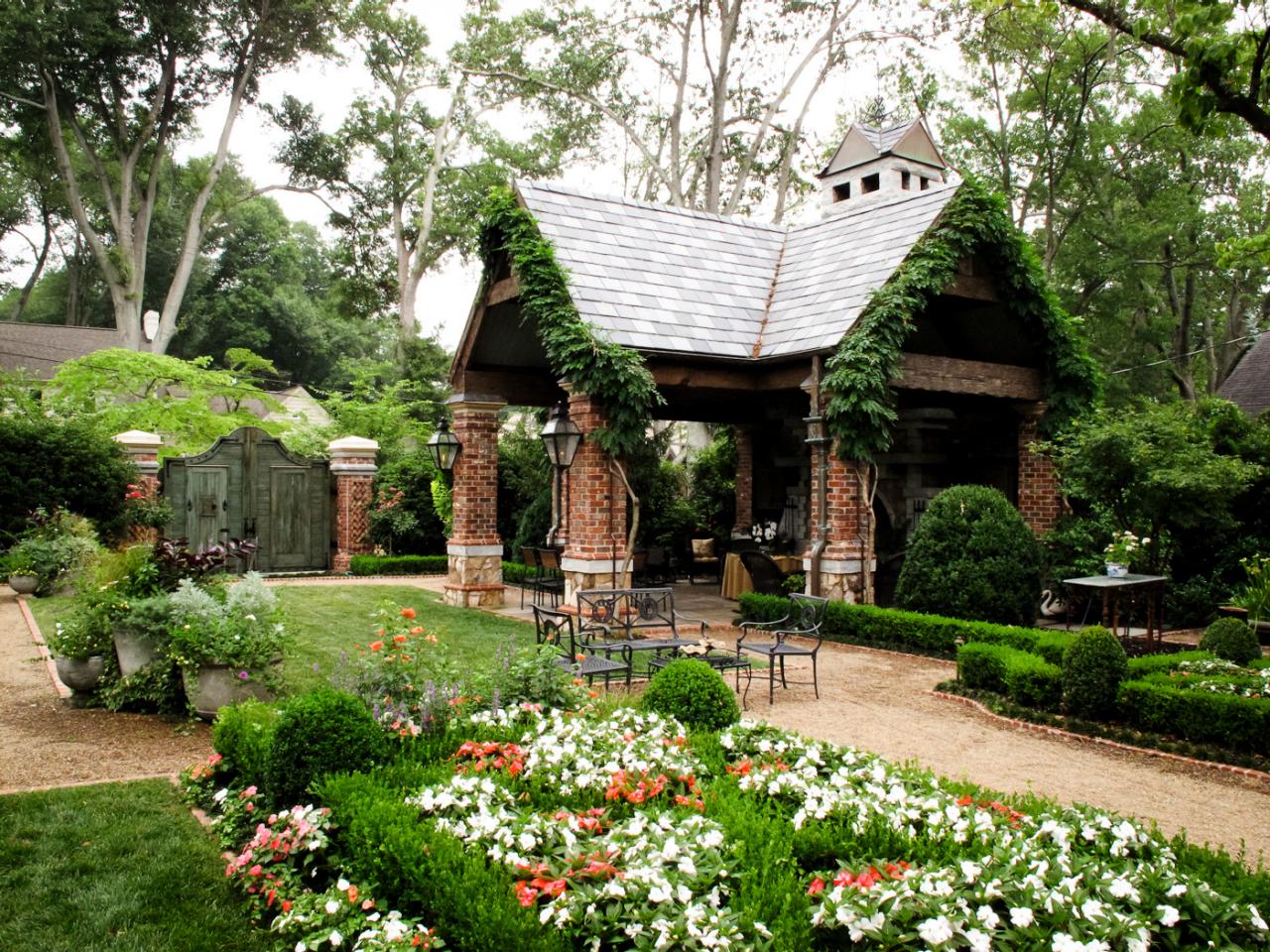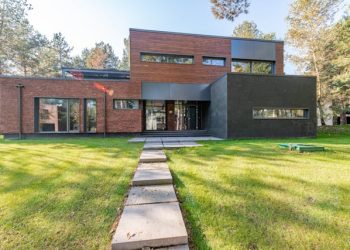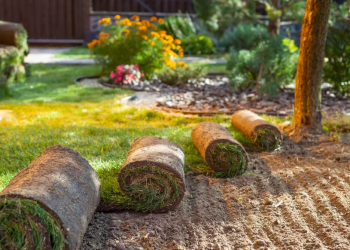Table of Contents
Whether you have just moved into a new property or you are wanting to update your current outdoor space, there has never been a better time to create your perfect garden.
Think longer, lighter and warmer days. Seasonal sales at the local garden centre. Not to mention the fact that the nation is still adjusting to the ‘new normal’ and you may prefer to enjoy your own surroundings for a little while longer rather than try to navigate the crowds at your nearest pub, park or other recreational facility.
That being said, if you are at a loss as to where to even begin with planning and designing the garden of your dreams, then the following article is exactly what you need.
From determining your needs vs. your wants, to considering your location, to budgeting for any tools and equipment – keep reading to find out how you can create the perfect outdoor space with maximum results and minimal stress.
1. Identify what you need
You may have a long list of all the accessories you want in your brand-new garden, but before you start blowing your budget it can be a good idea to first note down the features that you actually need. This may include a patio area where you and your family can eat or a vegetable patch where you can grow your own fresh produce.
Now is also the perfect time to think about outdoor storage solutions, which most households need but often forget.
2. Create a budget
Every home improvement project needs a budget, which should include the cost of any supplies, equipment and professional services you may need such as bronze casting for your bronze sculptures. You may also need to hire people such as a designer, tree surgeon, or gardener.
If you are planning on creating a patio area, which can add as much as 20% to the value of your home, you will have to budget for a company such as Boels wacker plate hire to compact the surface, as well as your chosen patio flooring materials.
You can allow yourself a little leeway when it comes to your budget, but try not to overspend too much or you risk running out of money before completion.
3. Think about your location
Although it can be tempting to start drawing up some landscape design ideas straight away, you cannot do this until you have considered the sun and weather patterns in your garden. For example, where do you get the most afternoon sun? Which area of your garden is prone to wind? Also, Some wild animals dig under structures and cause extensive damage to plants and properties. Animal control services may help you if you have a problem with wild animals. Birds at feeders or deer in the yard are enjoyable sights, but some wildlife can pose problems.
Once you have determined the above, you will be in a better position to decide where to place key garden items such as tables and chairs, fire pits and a hot tub if you are lucky enough to own one.
4. Find a focal point
If you are feeling a little overwhelmed, then it can be a good idea to start by deciding upon a focal point – or series of focal points – that you can plough your efforts into. This could be a water feature, a sculpture or a tree for small gardens.
Once you have chosen your main feature, you can then start to plan the smaller elements of your garden around this.
5. Don’t forget scale and pacing
One of the more challenging aspects of landscape design (if you want your garden to look like it’s been created by a professional) is that you need to think about scale and pacing. Consider the size, shape and colour of all your preferred elements and try to make sure that you find a good balance without being too repetitive.
You want your garden to look pulled-together, but not too monotonous.








